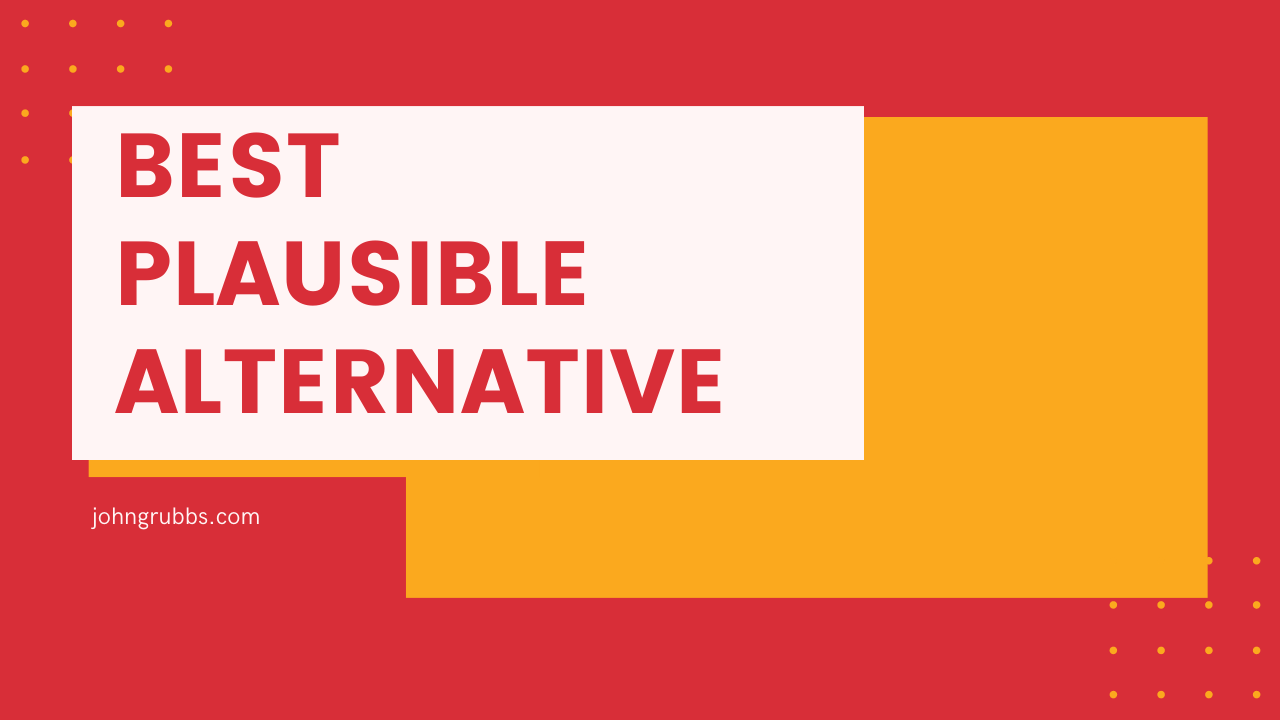|
Helping Companies Rethink, Recover & Refocus on the Future
Call John Grubbs (903) 295-7400
Overcoming status quo bias can be a daunting task for leaders. According to the National Academy of Sciences, people tend to accept the status quo when faced with a complicated decision. One factor driving this status quo bias is the difficulty of the decision process. The brain mechanisms involved in making difficult decisions involving a status quo are significant. They operationally define a status quo bias as suboptimal acceptance of a default choice. This thinking is a narrow framing of the definition, in my opinion. Over time, I believe leaders tend to accept the status quo as optimal more so than suboptimal. In other words, you adopt the status quo as appropriate. This logic is the inherent problem for leaders in many organizations.
[Status quo bias is a cognitive bias that causes us to resist change and adhere to what is familiar. According to the academic literature, most people "prefer to keep the current state of affairs…" and "are reluctant to take action that will change this state." Status quo bias is related to risk aversion. People tend to view the potential for loss by making the change more heavily than the potential for gain. There's also evidence that, when given a choice, we have a bias toward inaction (failing to act) rather than taking decisive action (making a change).]~Dan Solin
I want to introduce you to a process that aids in overcoming status quo bias for your business. According to Investopedia, a value chain is a business model that describes the full range of activities needed to create and sell a product or service. For companies that produce goods, a value chain comprises the steps that involve bringing a product from conception to distribution and everything in between—such as procuring raw materials, manufacturing functions, and marketing activities. Michael E. Porter of Harvard Business School introduced a value chain concept in his book, Competitive Advantage: Creating and Sustaining Superior Performance. He wrote: "Competitive advantage cannot be understood by looking at a firm as a whole. It stems from the many discrete activities a firm performs in designing, producing, marketing, delivering, and supporting its product." Understanding your value chain is the first step in overcoming status quo bias.
You must know what you do and how you do it to consider your best plausible alternative (BPA) at every point on the value chain. When combined with a value chain analysis, the PBA methodology confronts the status quo bias in your organization. Let's take a look at how this occurs.
Think about your own business for a moment. How often do you reconsider a BPA for its current structure? If you are going to redesign your business, what is the BPA for how it should be structured? Like most people, this is a difficult question because status quo bias assumes that your business is structured optimally. But, is it? What if parts of your value chain are not optimal?
BPA Analysis (as I have coined it) can...

